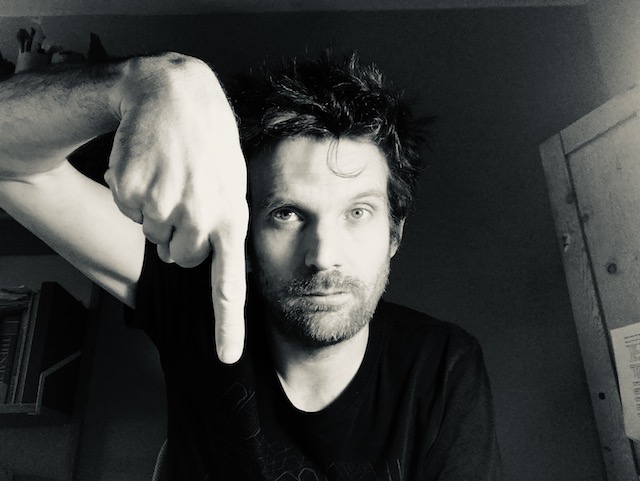My thanks to Jen Ford of Factory X for this analogy. Regular design is like thinking to yourself, “what do I want for dinner?” then going to buy the ingredients from the supermarket. Circular design is more like seeing what’s in the cupboard and thinking creatively about what you can make.
This shift in approach represents a different relationship with our cooking supply chain. The goals might still be the same: to eat something; to care for someone through providing them with food; maybe to eat healthily; possibly to spend time with family or friends around a meal. But the starting point is different: not what do I want but what do I have to work with.
I was writing earlier this week about how an improv clown in a theatre works with the audience. They have to work with what is there – they can’t decide in advance how they want the world to be. But they can work with the audience dynamics to create something entertaining with the emotions the clown is able to generate.
More generally, when we work with what is already present in the system, we have the potential to create a much lower energy solution. If we are working with a material that the system already produces: eg an existing waste stream or renewable resource, then we can create much tighter feedback loops that balance our choices against what’s available.
But perhaps most excitingly, for the cook, for the clown and the engineer, working with what’s in the cupboard is a much more engaging creative challenge. Walking around the world, we start to see ingredients we can use – the world starts to reveal itself in new ways.
So, what will you cook for dinner this evening?
